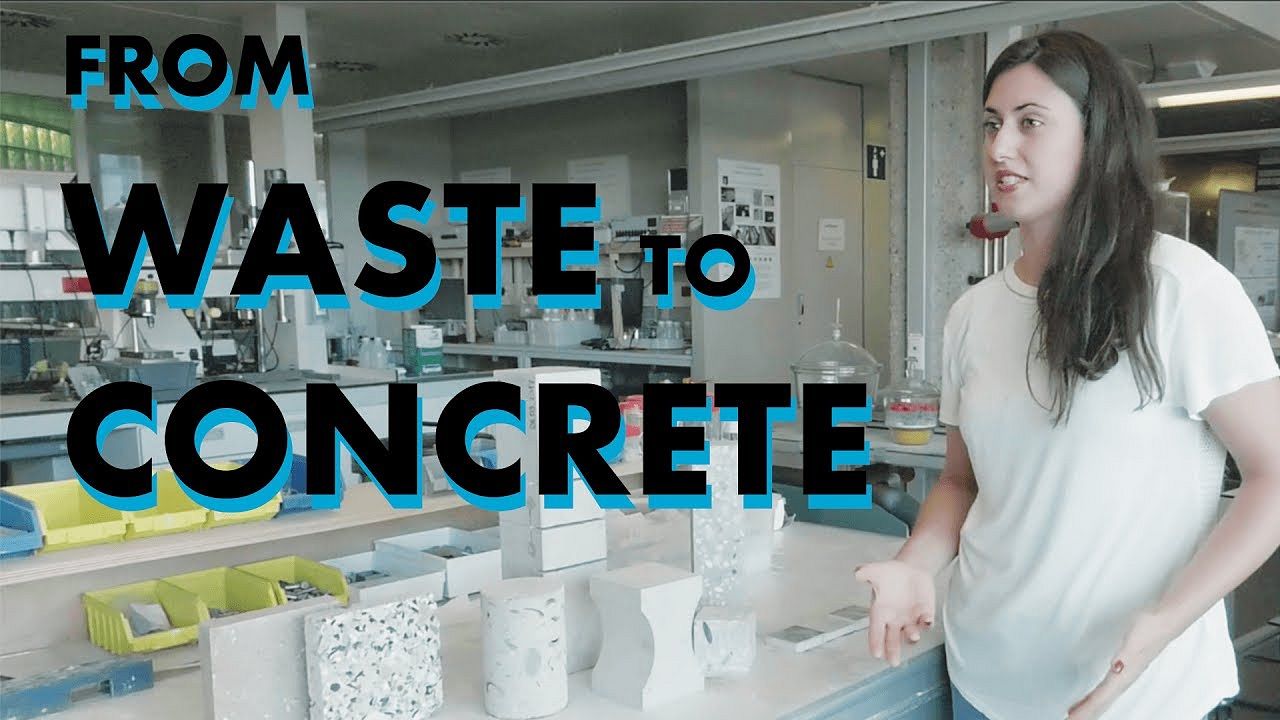At the faculty of Civil Engineering and Geosciences the geopolymer team is working on a new type of concrete which uses waste instead of cement. Why geopolymer concrete might just be the building material of the future.
The use of concrete as a building material goes back all the way to the Roman Empire, and maybe even further than that. It is hugely important in our society nowadays, and builds practically anything, from bridges to highrises in the city. However, the production of concrete has a large impact on our environment: it is the second largest producer of CO2, and is responsible for emitting up to 5% of global CO2 emissions.
This is not the only problem we’re facing in our modern world: the waste production in many other industries is growing, and means our landfills are quickly filling up and valuable resources get lost.
The hardened concrete has comparable or even better properties than traditional concrete.
At the Faculty of Civil Engineering, the geopolymer team is working towards solving this ecological catastrophe. They are researching a type of concrete that uses waste and by products instead of cement as a raw material. This material is called geopolymer concrete, and is made by mixing different industrial byproducts. The hardened concrete has comparable or even better properties than traditional concrete. Already the theory has been put into practice: a geoconcrete canoe has been built, a cantilevered bench, and a bridge is up next.
The role of waste is thus rethinked and industrial byproducts can be given a new life, reducing CO2 emissions and making landfills smaller. Geopolymer concrete might just be the building material of the future.
TU Delft TV / TU Delft TV is a collaboration between Delta and the Science Centre. The crew consists of TU Delft students.



Comments are closed.